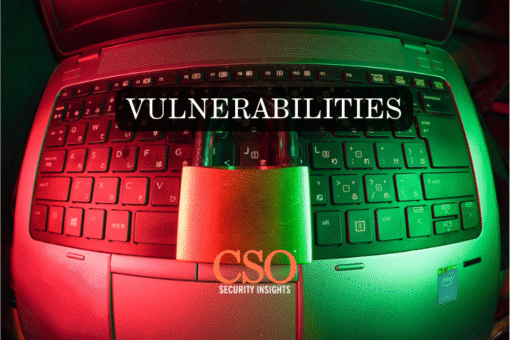Pakistan’s National Computer Emergency Response Team (CERT) has issued a high-priority security alert concerning a critical vulnerability in Veeam Backup & Replication (VBR) software. Tracked as CVE-2025-23121, this flaw affects VBR versions 12.0 through 12.3.1 and carries a CVSS v3.0 severity score of 9.9, highlighting the extreme risk it poses to affected systems. The vulnerability allows any authenticated domain user to execute arbitrary code remotely on domain-joined backup servers, threatening the integrity of backup environments across organizations.
CERT has identified the root of the vulnerability in misconfigured access control settings within VBR deployments integrated with Windows Active Directory. In such configurations, attackers possessing valid domain credentials may exploit the flaw to gain elevated privileges and execute unauthorized commands. Organizations that have deployed VBR on domain-joined systems, contrary to Veeam’s recommendation for isolated deployments, are significantly more vulnerable. CERT warns that exploitation of this flaw could lead to ransomware attacks, data theft, and total backup system compromise.
The nature of this vulnerability is particularly alarming due to its low attack complexity and lack of need for user interaction, making it accessible to internal users and lateral threat actors. Previous ransomware groups such as Cuba, Akira, Fog, and FIN7 have a history of targeting backup infrastructure to cripple recovery efforts. Exploitation of this specific vulnerability could give attackers near-complete control over an organization’s backup assets with minimal effort, heightening the importance of swift remediation.
CERT’s advisory outlines a clear mitigation path, beginning with the immediate upgrade to VBR version 12.3.2.3617 or newer. For organizations unable to patch systems promptly, recommended interim measures include restricting network-level access to the backup servers using firewall configurations, enforcing multi-factor authentication for all Veeam administrative accounts, and reviewing permissions for domain-linked accounts. CERT also advises moving VBR installations to workgroup setups and enforcing strict role-based access control to reduce exposure.
Security professionals are raising concerns that successful exploitation may result in full remote code execution, escalation of user privileges, deletion of critical backups, and internal propagation of ransomware. Organizations are encouraged to update incident response strategies to account for attacks targeting Veeam systems. Conducting tabletop exercises that simulate domain-level compromises can help teams identify gaps in their defensive posture. Maintaining secure offline backups is also recommended to ensure that recovery options remain intact in the event of an attack.
Monitoring and detection are essential for organizations running affected VBR versions. Administrators are advised to inspect Veeam logs and Windows Event Logs for anomalous access attempts, particularly those initiated by low-privileged domain accounts. CERT further recommends deploying SIEM platforms and endpoint detection and response tools to track exploitation attempts and minimize damage. Immediate patching remains the most reliable safeguard against this high-risk vulnerability and should be prioritized without delay.








